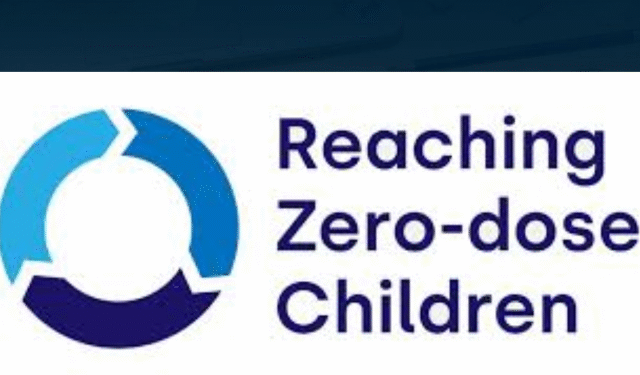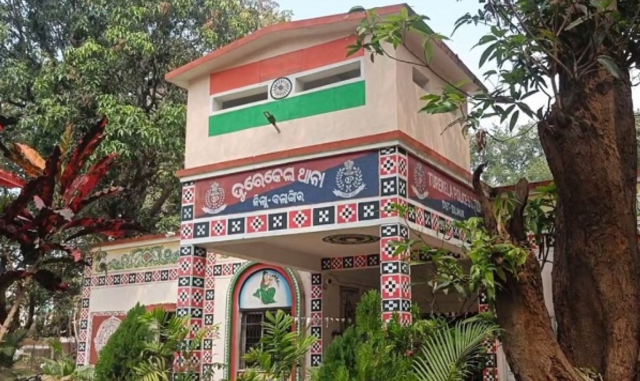India’s Universal Immunisation Programme (UIP) has emerged as a global model in public health, as confirmed by the UN Inter-agency Group for Child Mortality Estimation (UN IGME) 2024 report.
With zero-dose children reducing from 0.11% in 2023 to just 0.06% in 2024, India has demonstrated an unparalleled commitment to inclusive and last-mile healthcare delivery.
The country’s maternal and child health indicators have also seen remarkable improvements. As per the UN Maternal Mortality Estimation Inter-Agency Group (UN-MMEIG) 2000–2023 report, India’s Maternal Mortality Ratio (MMR) now stands at 80 per lakh live births—a reduction of 86% since 1990, in contrast to the global decline of 48%. Similarly, the Under-Five Mortality Rate (U5MR) has declined by 78%, and the Neonatal Mortality Rate (NMR) by 70%, outpacing global averages.
India’s success stems from consistent policy prioritisation and grassroots implementation of the UIP, which now covers 12 vaccine-preventable diseases. From just six vaccines in 2013, the programme has added key preventives like Inactivated Polio Vaccine, Rotavirus, and Pneumococcal Conjugate Vaccine since 2014.
Initiatives such as Mission Indradhanush, intensified since 2017, have vaccinated over 5.46 crore children and 1.32 crore pregnant women. Additionally, the Zero-Dose Implementation Plan 2024, rolled out across 143 districts, targets underserved communities through outreach by ASHAs and ANMs who conduct more than 1.3 crore sessions annually.
India’s digital immunisation tracking platform, U-WIN, coupled with extensive Information, Education and Communication (IEC) campaigns, ensures that no child is left behind. These efforts have earned India the Measles and Rubella Champion Award, presented by a coalition including WHO and UNICEF, at the American Red Cross Headquarters in Washington, DC.
The country’s immunisation coverage now rivals and surpasses that of high-income nations. According to WUENIC 2023, India’s DTP-1 coverage stands at 93%, compared to Nigeria’s 70% and is on par with Germany, Finland, and Sweden. The dropout rate from DTP-1 to DTP-3 has also reduced from 7% in 2013 to 2% in 2023.
Given India’s birth cohort of 2.6 crore—larger than many developed nations’ total population—these achievements underscore the scale and effectiveness of its health infrastructure.
As India accelerates its Measles-Rubella campaign in 2025 and maintains its polio-free status since 2014, its health initiatives continue to inspire countries grappling with vaccine access and implementation challenges.
With a robust, inclusive, and scalable model, India’s immunisation success is more than a domestic triumph—it’s a blueprint for the world.



















